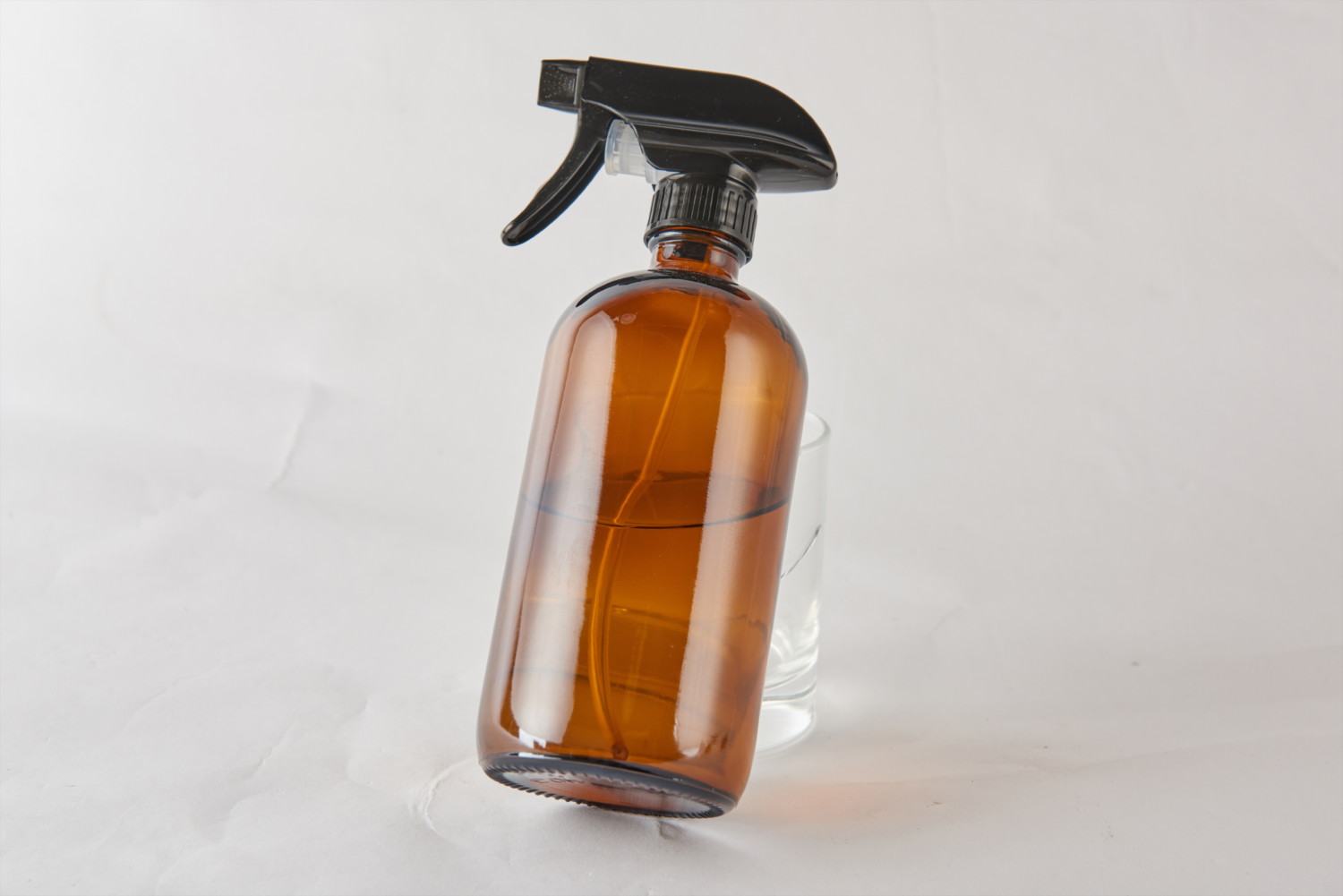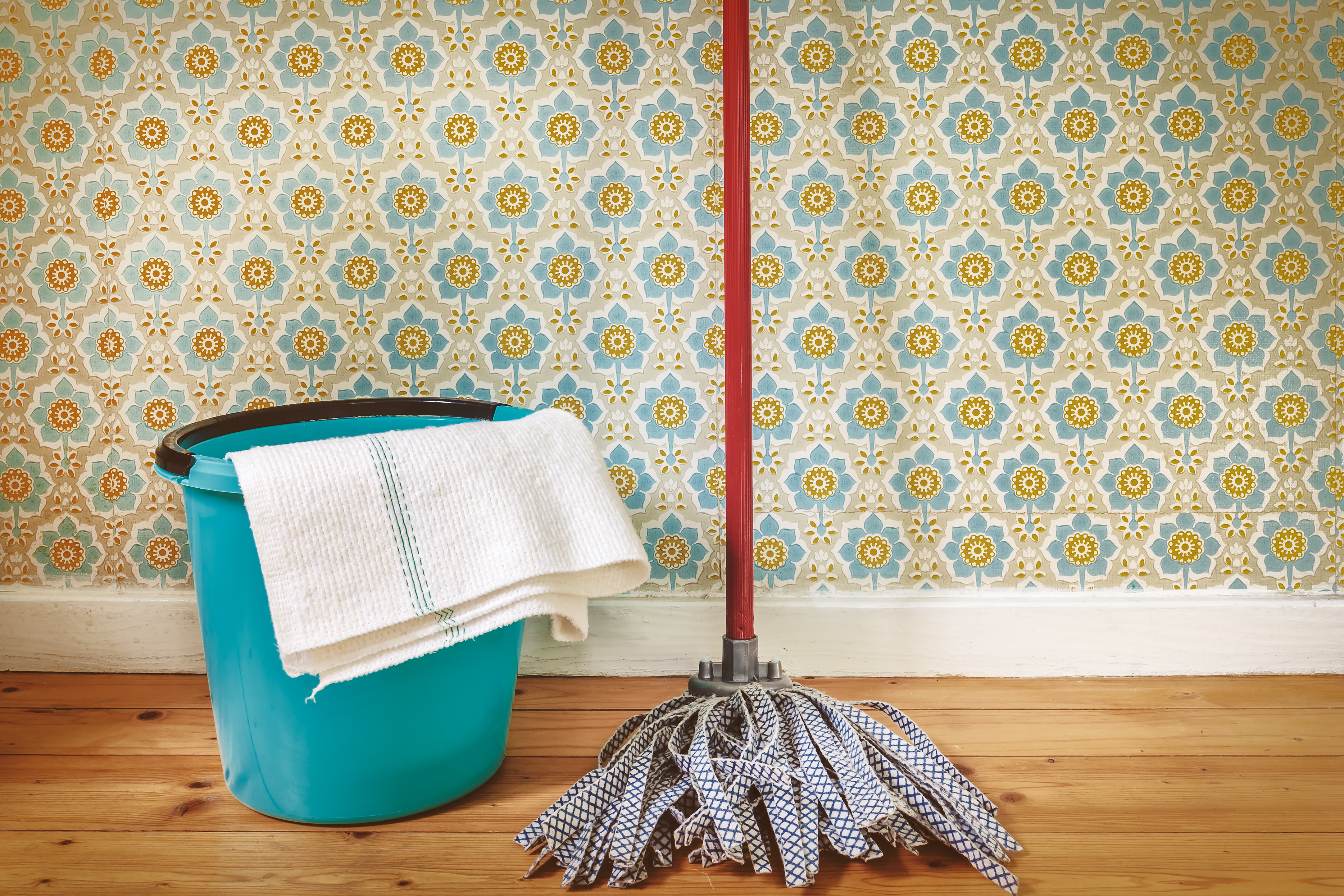The products and services mentioned below were selected independent of sales and advertising. However, Simplemost may receive a small commission from the purchase of any products or services through an affiliate link to the retailer's website.
Many of us are gravitating toward non-toxic, eco-friendly cleaning products to help keep our hands and homes germ-free. Castile soap is different from other soaps and detergents, and there’s a reason why this multipurpose cleaner has earned a place in houses nationwide.
A great way to get started with green cleaning is by grabbing a bottle of Castile soap because it covers 18 different household uses, according to Dr. Bronner’s website.
What is Castile soap made from?
Originally made from olive oil in the Castile region of Spain, Castile soap has been used for hundreds of years. It’s gone through some formula changes over the years, expanding to include a variety of vegetable oils. Today, many Castile soaps are created with coconut oil, which is now more economical than olive oil and more widely available.

While the term “soap” is often applied to cleansing bars or liquids, many are made primarily from synthetic surfactants that aren’t biodegradable. Castile soap is to consider it to be “true soap,” a product of reacting natural oils and fats with a base like sodium or potassium hydroxide. It’s naturally derived and easily biodegradable.
You can purchase Castile soap in a couple of ways, in a bar or liquid in a bottle, the latter being its most popular form. Dr. Bronner’s, one of the most popular brands of Castile soap, is made primarily of coconut, palm kernel, olive, hemp seed and jojoba oils, but oftentimes you’ll find other oils used in Castile soaps, such as avocado, almond and walnut.
What Is Castile Soap Used For?
Castile soap can be used for a mind-boggling amount of things around the house. It’s great to have in the shower to cleanse your hair and body. It can be used as an all-purpose cleaner around the house, from your kitchen countertops to tile floors to bathing your dog to washing fresh produce.
If you have a fruit fly infestation, you can use a small dish filled with apple cider vinegar and Castile soap solution. Got ants? A concoction of Castile soap and water can tackle that, too. You can even wash clothing with it, using it as a laundry detergent.

Outside, it can be used in the garden to get rid of tiny, soft-bodied mites or aphids. (Just be sure to research if it’s compatible with the plant you’d like to use it on as some plants are more sensitive than others.) However, it needs to be diluted before use since it’s very potent.
Another bonus: Castile soap is vegan-friendly due it to being made purely of vegetable oils rather than animal fats. And since each bottle is highly concentrated, you use less and reduce waste.
Dr. Bronner’s lavender liquid Castile soap is a popular scented option, though Dr. Bronner’s offers peppermint, almond and other options. Another popular brand is Quinn’s Castile soap, which can also be found on Amazon.

What is Castile soap not good for?
When used properly, Castile soap can help with the dirtiest of jobs, but there are a few things to keep in mind. It might leave a residue on shiny surfaces. It’s also not recommended for color-treated hair.
While it lasts a long time, it will eventually expire, so if you have a bottle stashed under your cabinet, keep an eye on its expiration date.
This story originally appeared on Simplemost. Checkout Simplemost for additional stories.


